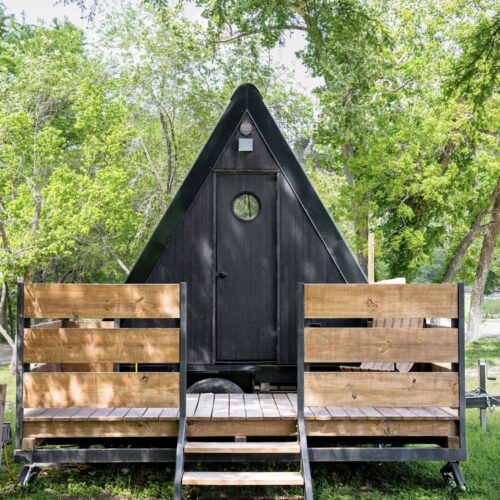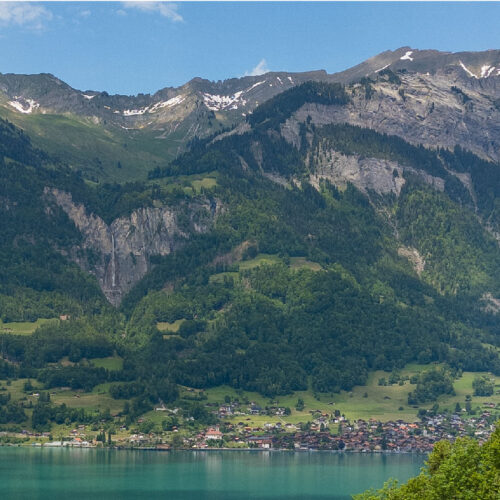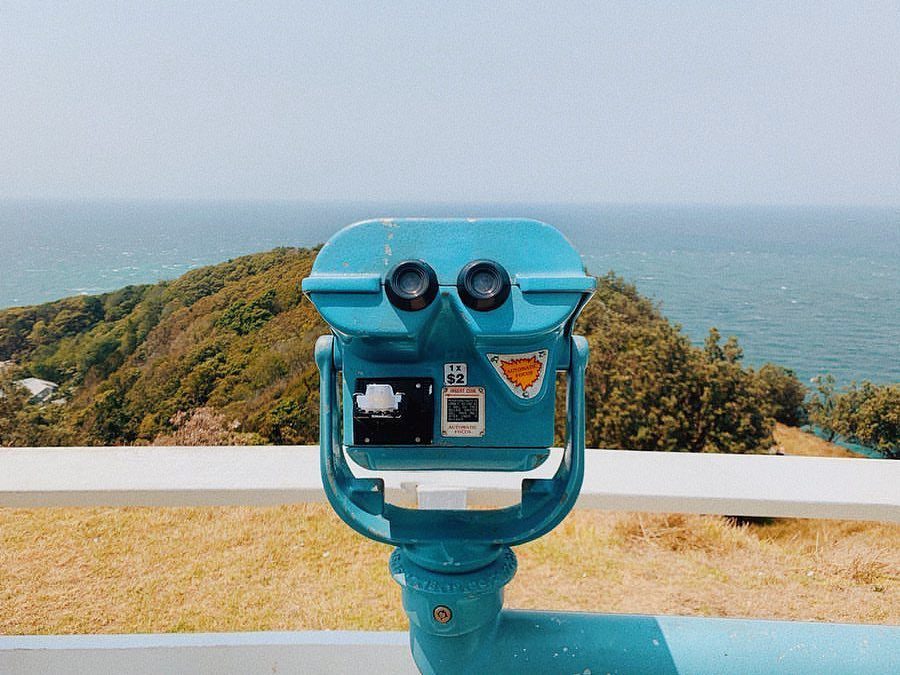Tierra del Fuego, Argentina
Southern Fuegian Railway
This Argentinian transportation service is known as the "Train of the End of the World".

Beginning in Rome and making our way up to Florence, our Italian Adventure was full of gorgeous cathedrals, mom and pop shops, delicious pasta, and too many Italian dogs to count.

From historic universities to Americana beauty that feels straight out of a Western, the spots between Camp Fimfo's iconic campgrounds are worthy of your next road trip.

From the shores of Lake Tahoe to the allusive Area 51 and to the majestic Hoover Dam, our Nevada road trip was full of unique signs, historic towns, and a handful of tumbleweeds.

From exploring art museums in Basel, to not lifting a finger at luxurious hotels, and to visiting charming Swiss chalets, our second trip to the Land of Milk and Honey was just as magical as the first.

All aboard! We embark from the end of the world aboard the MS Roald Amundsen on a (shivery) trip of a lifetime!

Over a century ago, Phileas Fogg circumnavigated the globe over 80 trips around the sun. Taking a page out of his whimsical legacy, we found ourselves on a similarly audacious adventure—in Scotland.


Beginning in Rome and making our way up to Florence, our Italian Adventure was full of gorgeous cathedrals, mom and pop shops, delicious pasta, and too many Italian dogs to count.

From historic universities to Americana beauty that feels straight out of a Western, the spots between Camp Fimfo's iconic campgrounds are worthy of your next road trip.

From the shores of Lake Tahoe to the allusive Area 51 and to the majestic Hoover Dam, our Nevada road trip was full of unique signs, historic towns, and a handful of tumbleweeds.

From exploring art museums in Basel, to not lifting a finger at luxurious hotels, and to visiting charming Swiss chalets, our second trip to the Land of Milk and Honey was just as magical as the first.

All aboard! We embark from the end of the world aboard the MS Roald Amundsen on a (shivery) trip of a lifetime!

Over a century ago, Phileas Fogg circumnavigated the globe over 80 trips around the sun. Taking a page out of his whimsical legacy, we found ourselves on a similarly audacious adventure—in Scotland.
Byron Bay, New South Wales | C.1901
Cape Byron Lighthouse sits perched like a boss on the eastern Australian coastline of Cape Byron. The vantage offers an epic perspective of the sparkling Pacific. Such a jaw-dropping sight deserves a bit of extra magnification through this borderlinehuggable viewfinder.
Getting to it is an adventure in and of itself—one that involves hiking up the Cape Byron Walking Track, surrounded by wildlife. Once you are safely atop, guides are present to share its history: the maritime mayhem that made it necessary, its concentric sixwick kerosene burner, and how the structure has managed to maintain its status as Australia’s most powerful, still-active lighthouse.
 -28.639668, 153.627272
-28.639668, 153.627272
This Argentinian transportation service is known as the "Train of the End of the World".
This luxury hotel in India was once the royal residence of the Maharaja of Jaipur.
Built in 1832 during the establishment of the county seat, this historic jail recently spent a little time as a restaurant.
Small homes like this in Saksun on the Faroe Islands were built with turf roofs to provide protection from the rain and thermal insulation.
Surrounded by scenic views and ancient dragon forests, this Portuguese museum is dedicated to the love of wine.
Commissioned by Napolean Bonaparte, this hospice hosts retreats and camps and is a popular starting point for breathtaking hikes.
Max file size is 40MB. JPEGs are preferred.
You do not have permission to view this form.Your submission has been sent to our team for review!
Please note, it can sometimes take us a month or more to get through all the submissions. There are only two of us reviewing, so we appreciate your patience, but we pinky-promise to email you if your submission is accepted, so keep an eye on your inbox for updates!
Save your favorites Create a profile!
Need an account? Sign up
This site is protected by reCAPTCHA and the Google Privacy Policy and Terms of Service apply.





Know more? Share with the community!
Submit Your ImageLogin/Sign Up.